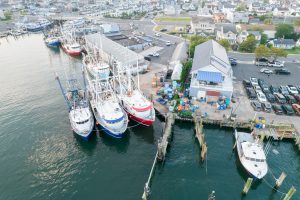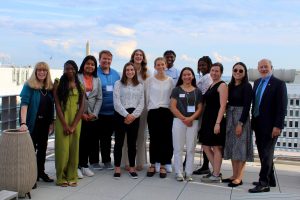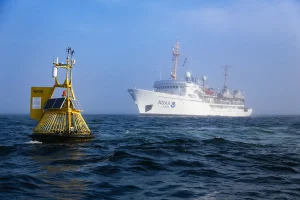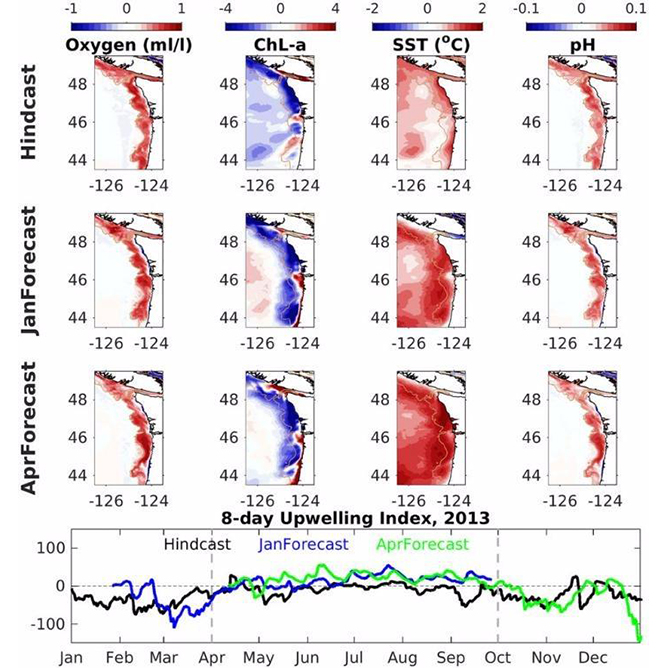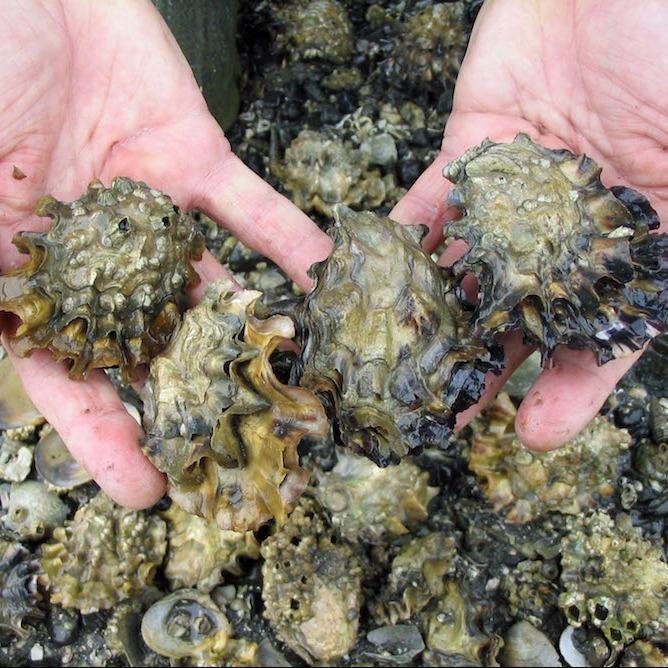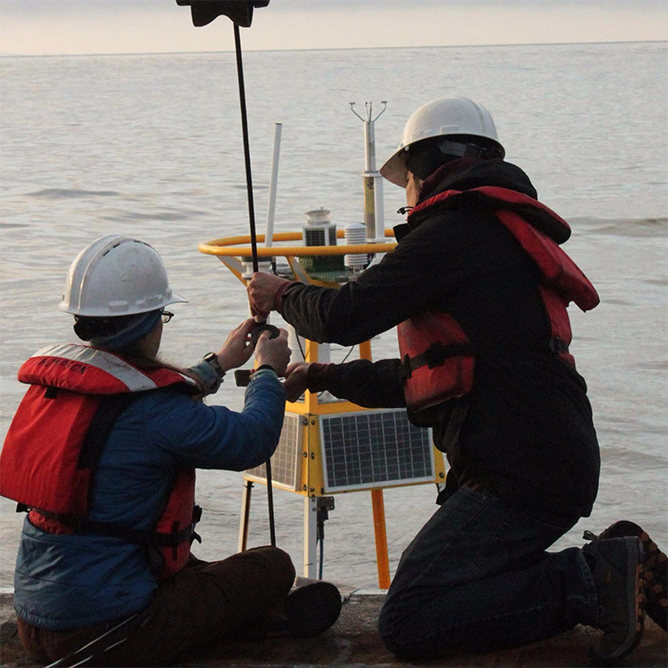JHT, Inc.
JHT is seeking a science communicator specializing in digital communication for a part-time contract position with the National Oceanic and Atmospheric Administration’s (NOAA) Hollings Marine Laboratory (HML) with a focus on ocean acidification science communication via web and social media platforms.
Key Tasks include:
Develops, maintains, and edits website content including scientific programmatic descriptions and updates, stories, images and videos
Manages scientific program’s social media platforms (Facebook, Twitter, etc.)
Creates and maintains organized picture and video archive for the Ocean Acidification Program’s digital outreach efforts
Creates and manages digital newsletter and email campaigns for the NOAA Ocean Acidification Program
Executes digital science outreach and engagement activities internally and initiatives with partners and the program Education and Outreach Coordinator
Supports development of print and online materials and other related activities including publications, reports, periodicals, brochures, and audio-visual productions
Researches, gathers, and synthesizes scientific and policy information, and translates that information into understandable, audience-appropriate communications products (e.g. print productions, web feature stories, etc.)
Provides administrative support for workshops, annual conference, and other tasks as assigned.
Assists program leadership as assigned
May require minimal domestic travel
Key Qualifications include:
Background or demonstrated interest in marine science AND/OR communication background
Excellent written and oral communication skills and digital design skills
Proficient in use of Microsoft Office Suite
Knowledge in the use of google documents, spreadsheets and forms
Familiarity with basic HTML language code preferred, but not required
Experience working effectively both independently and as part of a team.
Ability to multi-task and prioritize daily activities to meet competing deadlines
Working knowledge of Dot Net Nuke Web Content Management Platform for Microsoft preferred, but not required
Working knowledge of Adobe Creative Suite 6 (InDesign, Photoshop, Illustrator, and Acrobat) preferred, but not required
Full position description can be found here; apply at JHT Recruiter.
